Most people are now aware that indoor air pollution is an issue of growing concern and increased visibility. Many companies are marketing products and services intended to improve the quality of your indoor air. You have probably seen an advertisement, received a coupon in the mail, or been approached directly by a company offering to clean your air ducts as a means of improving your home's indoor air quality. These services typically-but not always-range in cost from $450 to $1,000 per heating and cooling system, depending on the services offered, the size of the system to be cleaned, system accessibility, climatic region, and level of contamination.
Duct cleaning generally refers to the cleaning of various heating and cooling system components of forced air systems, including the supply and return air ducts and registers, grilles and diffusers, heat exchangers heating and cooling coils, condensate drain pans (drip pans), fan motor and fan housing, and the air handling unit housing.
If no one in your household suffers from allergies or unexplained symptoms or illnesses and if, after a visual inspection of the inside of the ducts, you see no indication that your ducts are contaminated with large deposits of dust or mold (no musty odor or visible mold growth), having your air ducts cleaned is probably unnecessary. It is normal for the return registers to get dusty as dust-laden air is pulled through the grate. This does not indicate that your air ducts are contaminated with heavy deposits of dust or debris; the registers can be easily vacuumed or removed and cleaned.
On the other hand, if family members are experiencing unusual or unexplained symptoms or illnesses that you think might be related to your home environment, you should discuss the situation with your doctor. EPA has published Indoor Air Quality: An Introduction for Health Professionals that can be obtained free of charge by contacting Indoor Air Quality (IAQ) INFO. You may obtain another free EPA booklet from IAQ INFO entitled The Inside Story: A Guide to Indoor Air Quality for guidance on identifying possible indoor air quality problems and ways to prevent or fix them.
You may consider having your air ducts cleaned simply because it seems logical that air ducts will get dirty over time and should occasionally be cleaned. While the debate about the value of periodic duct cleaning continues, no evidence suggests that such cleaning would be detrimental, provided that it is done properly.
On the other hand, if a service provider fails to follow proper duct cleaning procedures, duct cleaning can cause indoor air problems. For example, an inadequate vacuum collection system can release more dust, dirt, and other contaminants than if you had left the ducts alone. A careless or inadequately trained service provider can damage your ducts or heating and cooling system, possibly increasing your heating and air conditioning costs forcing you to undertake difficult and costly repairs or replacements.
You should consider having the air ducts in your home cleaned if:
·There is substantial visible mold growth inside hard surface (e.g., sheet metal) ducts or on other components of your heating and cooling system. There are several important points to understand concerning mold detection in heating and cooling systems:
·Many sections of your heating and cooling system may not be accessible for a visible inspection, so ask the service provider to show you any mold they say exists.
·You should be aware that although a substance may look like mold, a positive determination of whether it is mold or not can be made only by an expert and may require laboratory analysis for final confirmation. For about $50, some microbiology laboratories can tell you whether a sample sent to them on a clear strip of sticky household tape is mold or simply a substance that resembles it.
·If you have insulated air ducts and the insulation gets wet or moldy it cannot be effectively cleaned and should be removed and replaced.
·If the conditions causing the mold growth in the first place are not corrected, mold growth will recur.
·Ducts are infested with vermin, e.g. (rodents or insects); or
·Ducts are clogged with excessive amounts of dust and debris and/or particles are
actually released into the home from your supply registers.
Other Important Considerations
Monday
August 4th, 2025
5:19PM








